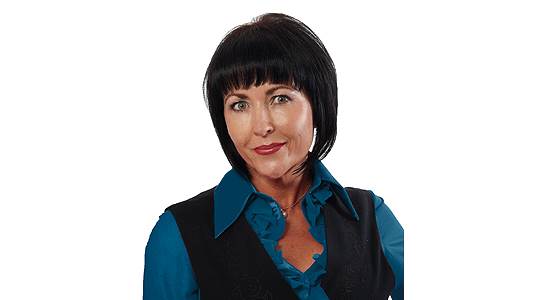
Have you ever heard there are two (2) sides to any story?
Metaphor: When you board a plane from Sydney to New York, the pilot knows his/her destination point and the route to get there. Over the course of the flight the plane will endure many environmental influences along the way e.g.: wind, rain, other aircrafts, restless passengers etc… the plane will be off course 70% of the time. However it is the skills of the pilot that will repeatedly bring the plane back on course, keeping the passengers safe and landing at their destination.
Mediation is like the plane and the skills of the pilot, we discover the destination and we work towards learning the skills to navigate through life’s environmental challenges safely arriving at many locations along life’s path.
We work with our clients in an attempt to settle disputes through the active participation of a third party a (mediator). We work to find points of agreement and help those in conflict to agree on a fair result.
Mediation differs from arbitration in which the third party (arbitrator) acts much like a judge but in an out-of-court; less formal setting but does not actively participate in the discussion.
Mediation has become very common in trying to resolve domestic relations disputes (divorce, child custody, visitation), and is often ordered by the judge in such cases. Mediation also has become more frequent in contract and civil damage cases. The financial cost is less than fighting the matter out in court and may achieve early settlement and an end to anxiety. However, mediation does not always result in a settlement.
The key to mediation is approach dialogue with an open mind to a resolution.
Here is a brief outline of what to expect at a mediation conference Corporate/Family/Civil/ Business etc.:
The mediator sets out a clearly defined plan, this is a path to help keep everyone moving in the same direction.
In most circumstances the plan would look a bit like this: “the Problem” “the people involved” “the mediator and their role” “a goal for all parties to accomplish” we would discuss in the plan “options” “possible variables” “the history of the issue” “proposed timing” “issues and a possible resolution”.
We know when two parties are in dis agreeance there may be behavioural issues that may prove to be counterproductive. In the mediator’s plan, he/she will set out the “expected behavioural style” in my mediation meetings I call it maintaining “above the line” behaviours.
Once the plan and rules have been outlined and agreed to, the mediator will have a set of questions to start the dialogue between the parties.
It is not uncommon for parties to take short breaks during mediation, as a matter a fact I encourage some cooling off and reflection time.
I will help you along the way.
Darleen Barton – Practitioner
Accredited- ANMS -AMA Mediator
Ochre Medical Centre
15 Whitrod Ave, Casey ACT 2913
Ph: (02) 61634200
www.dipac.com.au


